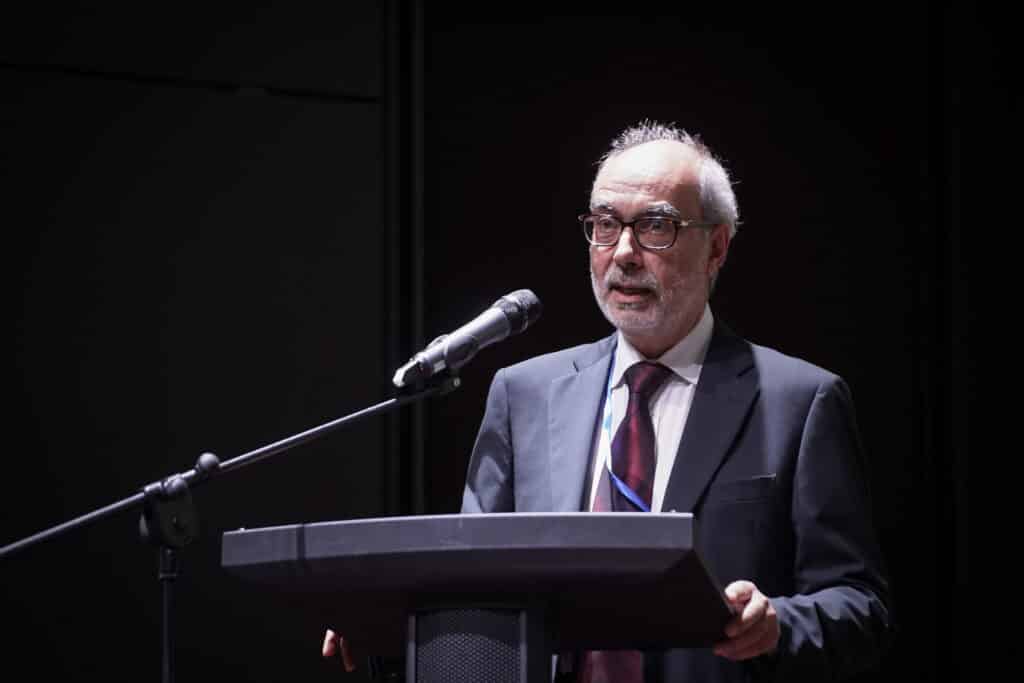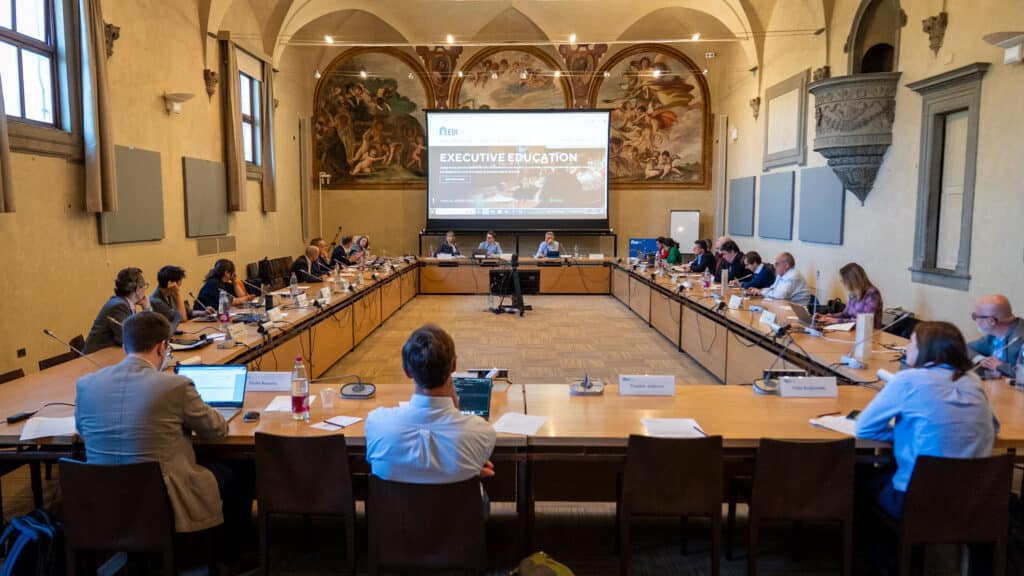Antonioli Mantegazzini, B.*, Giusti, A. “Smart Grid, Load Management and Dynamic Pricing For Electricity: Findings from a Field Project in Switzerland”
The paper “Smart Grid, Load Management and Dynamic Pricing For Electricity: Findings from a Field Project in Switzerland” (Antonioli Mantegazzini, B.*, Giusti, A.) will be presented at the 7th Conference on the Regulation of Infrastructures (21-22June, 2018).
ABSTRACT
The electricity sector is in transition toward a market where the roles of the operators as well as institutional actors are changing. The rise in renewable energy sources is determining a move from a centrally, fossil-fuel generation to a local distributed one with, among the other things, implications in terms of volatility, intermittency and reserve ”backup” capacity. New players, such as “prosumers” (energy consumers able to produce electricity themselves, suppling it to the energy network) are emerging, while others – mainly distribution system operators, DSOs – seems to changing or rethinking their business model. In this renewed and challenging scenario, the grid management – mainly intended as the pursuing of the exact balancing of demand and supply – is becoming more and more crucial and complex. The new production mix is partially weather-dependant and consumption periodically volatile; peak loads are more frequent and this call for additional investments to meet new consumption’s profile.
Two main strategies could address the fluctuating feed-in of renewables: increasing demand elasticity and/or store surplus power. With the first one, the focus should be on the so-called enabling technologies such as advanced metering infrastructures (AMI), considered as a core component of the overall smart electricity system. With reference to the latter, innovation and declining cost and size of storage facilities could help, extending their utility also at residential level; batteries are more and more integrated within the electricity network, and also electric vehicles (EVs) could play an interest role in storing and balancing the flows. This renewed and challenging scenario represents the basis for the Swiss2Grid pilot project. Its main objective is the development of an innovative approach for the grid load management based on the adoption of an active algorithm (HAC) located on individual homes – then decentralised – governed by simple network rules aimed to reduce the level of complexity of the system, flattering at the same time the peak load curve. This load optimization is intended also having positive effects in terms of consumers’ bills expenditure; the estimation of the magnitude of potential savings is made for selected price scenario hypothesis, sketched out in order to find the price scheme that better fit to the new consumption’s profile and, in a wider prospective, to the new smart electricity market.
The amount of potential consumers’ costs reduction associated to a load shifting by HAC has been estimated for several price scenario hypothesis, sketched in order to find the price scheme that better fit to the new consumption’s profile. In detail, we tested time constant rates as well as time variable ones, from flat rates to real price ones. This project has indeed given us the opportunity to investigate about use – and actual advantages – of real time prices for electricity combined with enabling technologies and on the new roles of utilities and DSOs.
The presentation is available here.
ABOUT THE AUTHORS
Barbara Antonioli Mantegazzini -Maître d’Enseignement et de Recherche in Public Economics, IdEP, Faculty of Economics, Università della Svizzera italiana, and Lecturer and researcher in Energy Economics Department of Business Economics, Health and Social Care, SUPSI, University of Applied Sciences and Arts of Southern Switzerland.
I graduated in 2002 from the University of Bologna with a Ph. D. in Economics and Law with a thesis on the regulation on environmental services. After a post-doctoral fellowship at the LATTS – Laboratoire CNRS, Ecole Nationale des Ponts et des Chausses and Universitée Marne la Vallée – Paris, I joined the University of Lugano in 2005 as lecturer and researcher in public economics.
Research and teaching interest: Economics, management and regulation of public services, with particular attention to governance and business models, efficiency analysis and financing of investments in public infrastructure. Reform of public intervention in the economic sector (privatization, liberalization, deregulation, New Public Management, Public-private partnership, public procurement).
Currently involved in the following research projects: NEMo Grid (UE Horizon 2020; ETER-RISIS project, Analysis of financing strategies for Higher Education Institutions.
*presenting author






